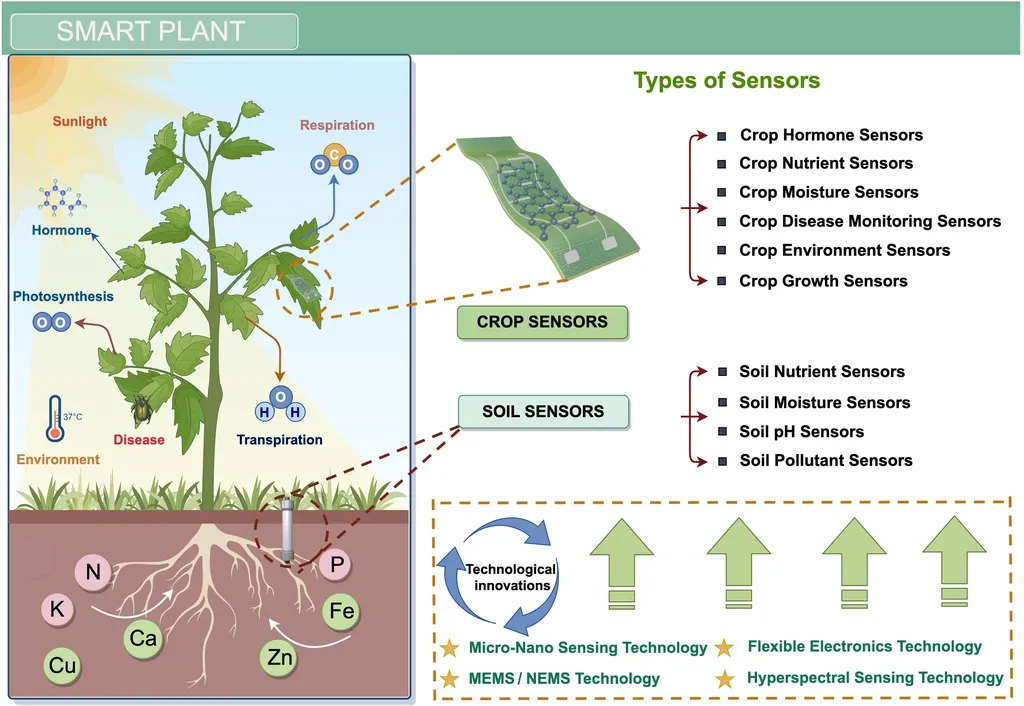In a groundbreaking development for precision agriculture, researchers have introduced a novel implantable sensor that could revolutionize how we monitor and understand plant physiology. Published in *Advanced Science*, the study presents an ion-selective organic electrochemical transistor (IS-OECT) capable of real-time, long-term monitoring of potassium ion concentrations within the xylem of living pine trees. This innovation, led by Sanggil Han of the Department of Nano-Bioengineering at Incheon National University, opens new avenues for in vivo plant monitoring and could significantly impact precision forestry and agriculture.
The IS-OECT sensor stands out due to its high sensitivity and stability, allowing it to detect subtle variations in potassium ion concentrations over extended periods—up to five weeks in this study. “The high sensitivity of the IS-OECT enables us to capture even minor changes in ion levels, which is crucial for understanding plant responses to environmental stressors,” Han explained. This capability is a significant leap from current sensing platforms, which primarily focus on broad phenotypes like elongation and hydration or local environmental factors such as temperature and moisture.
One of the most compelling aspects of this research is its potential commercial impact. Precision agriculture relies on accurate, real-time data to optimize crop management, and this sensor could provide farmers with unprecedented insights into plant health. By monitoring ion concentrations in the xylem, growers could detect early signs of stress or nutrient deficiencies, allowing for timely interventions that improve yield and sustainability. “This technology could be a game-changer in precision agriculture, enabling farmers to make data-driven decisions that enhance productivity and resource efficiency,” Han added.
The sensor’s fabrication process is another key advantage. Unlike traditional sensors that require complex and costly manufacturing techniques, the IS-OECT is produced using lithography-free methods, making it compatible with low-cost, large-scale production. This scalability is essential for widespread adoption in agriculture, where cost-effectiveness is a critical factor.
Looking ahead, the implications of this research extend beyond agriculture. The same principles could be applied to horticulture and forestry, where understanding plant physiology is equally vital. For example, forest managers could use these sensors to monitor tree health in real-time, detecting early signs of disease or drought stress before they become critical. This proactive approach could lead to more sustainable forest management practices and better conservation efforts.
The study also highlights the broader potential of organic electrochemical transistors in biosensing applications. Their flexibility, biocompatibility, and sensitivity make them ideal for a range of biological and environmental monitoring tasks. As research in this area continues to advance, we can expect to see even more innovative applications emerge, further bridging the gap between technology and agriculture.
In summary, the development of implantable IS-OECT sensors represents a significant step forward in precision agriculture. By providing real-time, in vivo monitoring of plant physiology, this technology has the potential to transform how we manage crops, forests, and horticultural systems. As the agriculture sector continues to embrace data-driven practices, innovations like these will play a pivotal role in shaping a more sustainable and productive future.

